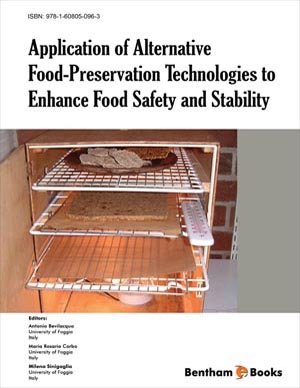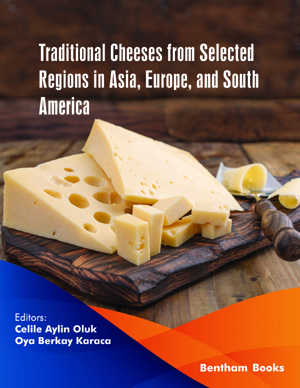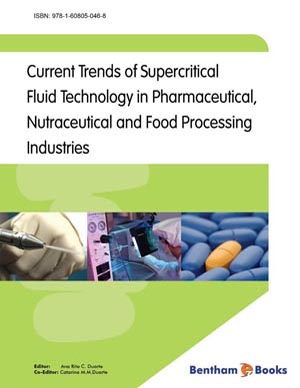Abstract
Lysozyme is a hydrolytic enzyme which has been purified from cells, secretions and tissues of virtually all living organisms and viruses. Lysozyme has been shown to have antimicrobial activities towards bacteria, fungi, protozoan and viruses; moreover, it is essentially known for its antibacterial activity and has been used in food preservation. Lysozyme is currently used as a preservative in many foods, such as cheese, fish, meat, fruit, vegetables and wine.
Lactoferrin is a globular multifunctional protein with antimicrobial activity. It is produced by mucosal epithelial cells in various mammalian species. It is found in mucosal surfaces and in biological fluids, including milk and saliva. It possesses a strong antimicrobial activity against a broad spectrum of bacteria, fungi, yeasts, viruses and parasites. Lactoferrin is used in a wide range of products including infant formulae, sport and functional foods.
The lactoperoxidase system (LPS) consists of three components: enzyme lactoperoxidase, thiocyanate and hydrogen peroxide. LPS exerts both bacteriostatic and/or bactericidal activity; therefore, its use in dairy industry to preserve raw milk quality or to extend the shelf life of pasteurized milk has been extensively proposed in the past. LPS has also been used the stabilization cream, cheese, liquid whole eggs, ice cream, infant formula and for the preservation of tomato juice, mangoes and chicken.
Keywords: Lysozyme, Lactoferrin, Lactoperoxidase, Mode of action and application in foods.



















